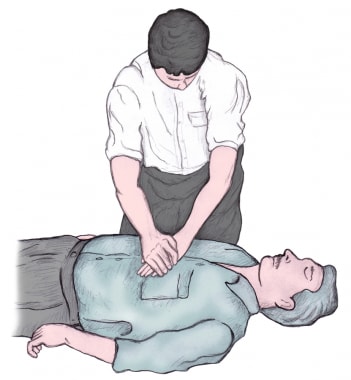Great Contributions to Mathematics
The Mathematics of ancient China was famous for the accuracy of its calculations. In China, the rudiments of arithmetic can been seen in the Shang and Zhou Dynasties. during the Spring and Autumn Period and the the Waring States Period, the arithmetic of integers and fractions (with addition, subtraction, multiplication and division appearing in the same equation) had been fairly developed. The Mathematics of ancient China used chips as its computing device, employing a decimal numeration system to calculate. The development of this system has made a special contribution to the development of human civilizations.
 |
| Chips that were used as counting tool in ancient China Mathematics |
DECIMAL SYSTEM
The Chinese invented a 'decimal' numeration system in the Shang Dynasty at the latest. Among the characters on pottery, tortoise shells and animal bones of the Shang Dynasty, we can find that people at that time had already used 13 numbers, namely one, two, three, four. five, six, seven, eight, nine, ten, hundred, thousand and teh=n thousand to numerate any natural number. This was the most advanced and the most reasonable numeration system in the ancient times and had play an immeasurable role to the development of world science and culture.
CHINESE MULTIPLICATION TABLE
The Chinese multiplication table emerging in the Spring and Autumn Period is a perfect combination of the advanced decimal numeration system and Chinese language. As an important method for the popularization and development of Mathematics, it is still in use today. The difference between today's Chinese multiplication table and that of ancient times is that the table of old times started with '9 X 9 = 81' and ended at ' 2 X 2 = 4' while today's table from ' 1 X 1 = 1' to '9 X 9 = 81'.
CIRCUMFERENCE AND DIAMETER OF A CIRCLE
In 263 AD, Liu Hui, a Mathematician invented the division of a circle. He was the first to apply the thought of limits into Mathematical problems and worked out the approximate value of pi as 3.1416. Based Liu Hui's calculation, Zu Chongzhi of the Southern and Northern Dynasties carried out complicated computations concluding that the value of pi falls between 3.1415926 and 3.1415927; that was the most accurate value of pi in the world at that time. Zu took a leading position for advanced in the world and not until more than 1000 year later did the Western scientists catch up to and surpass the achievements of Zu Chongzhi. For the memory of Zu Chongzhi, people call the approximate value that Zu had worked out as 'Zu Chongzhi Ratio'.
 |
| Picture of Zu Chongzhi |
THE NINE CHAPTERS ON THE MATHEMATICAL ART
The Nine Chapters on Mathematical Art was completed around the first century or so which exerts a very profound influence on the development of Mathematics in ancient China. The book lays out an approach to Mathematics that centers on finding the most general methods of solving practical problems, collecting 246 problems and classifying them into nine chapters. It touches on arithmetic, algebra, geometry and so forth and its records of the solving of multi-variable linear equation group is the earliest in the world which is more than 400 years earlier than in India and more than 1300 years earlier than in Europe. Moreover, its concept of fractions and their operation, its concepts of positive and negative numbers and related addition and subtraction rules, its operation of square roots and its solving of quadratic equations are also the earliest records in the history of Mathematics in the world.
The Nine Chapters on Mathematical Art is one of the world's most recognized Mathematical classics and its emergence marked the preliminary formation of the Mathematical system in China. This book was spread into the Korean Peninsular and Japan as early as in the Sui and Tang Dynasties and now it has been translated into several languages.



No comments:
Post a Comment